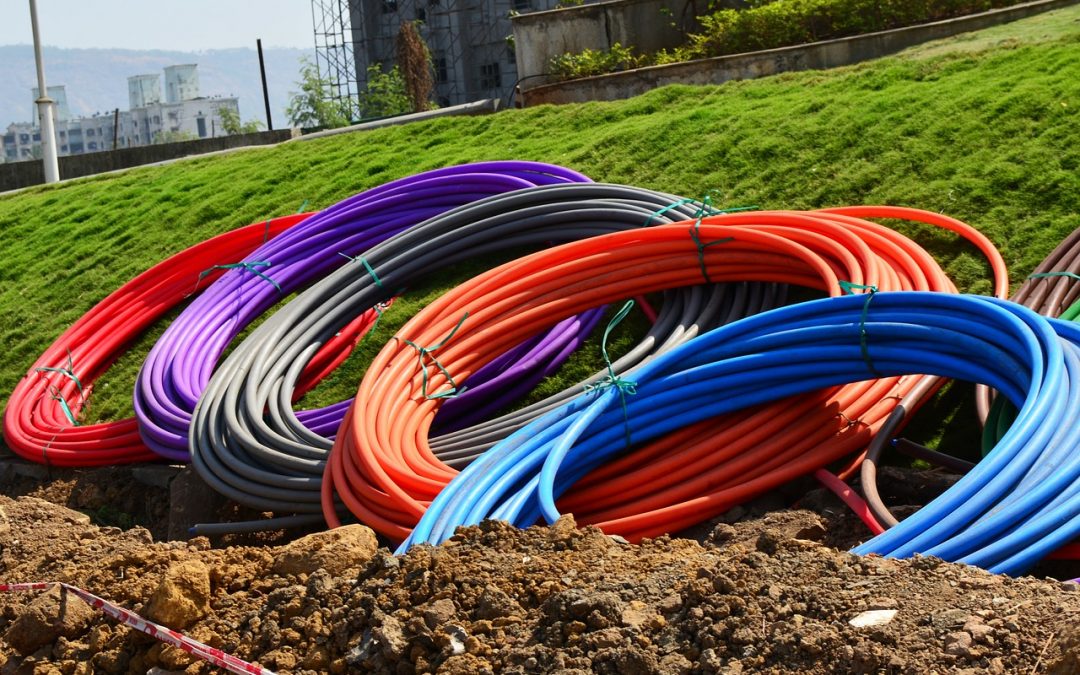Companies will have to keep up with the increasing demand created by the Digital Single Market Plan – an EU initiative to bridge the gap between urban and rural areas and provide secure and reliable connections to all of the involved households.
What is the European Digital Single Market Plan?
The European Digital Single Market plan is a political initiative to unite the European countries into a single digital space that is more just and inclusive.
The European Commission marked it as one of the six political priorities that can have up to 415 billion euro growth per year. This requires investments in the infrastructure as a whole to make it a secure and equitable place for every country in the EU plus the UK to have access and to maximize the growth of the potential of digital services.
What does this mean for the fiber network?
The access, environment, economy, and society of the digital world are top priorities for the EU, and that means that the market will need to have a reliable and stable digital connections to be able to implement the directives of the EU in all member states. Since the general tendency is for growth, faster internet, and reliable and secure connections, the consensus is that optical devices will be a reliable method to bring all the countries to the same standard. This would allow both urban and rural areas to be part of a unified digital space, where boundaries and barriers are relatively removed.
The growth of fiber optics access in recent years (nearly 60 million subscribers) is a positive sign that the industry is going to grow and the projections show that even more houses will have access in the next years. This means that companies will also need to upgrade their connections and have a better network to provide services to their customers. Not only this, but it is an opportunity for businesses to invest in their infrastructure as lesser dense areas will have coverage and better speed and access, meaning there will be more demand for services.
Since this initiative has been implemented in 2015, there has been already progress in joining households from different areas in the same digital space. Meaning that companies can now reach more customers with ease. But this also means that they need to keep up with the upcoming demands and that they will have to invest in both talent and equipment for a digital network.


